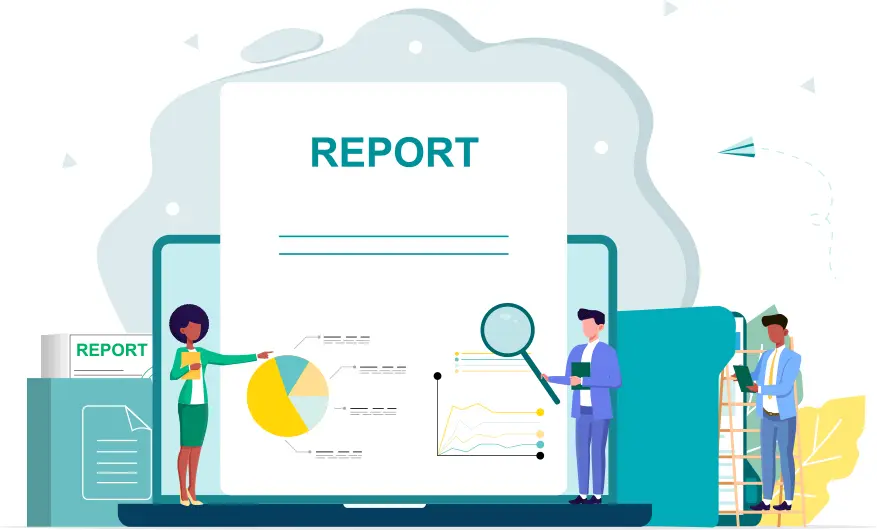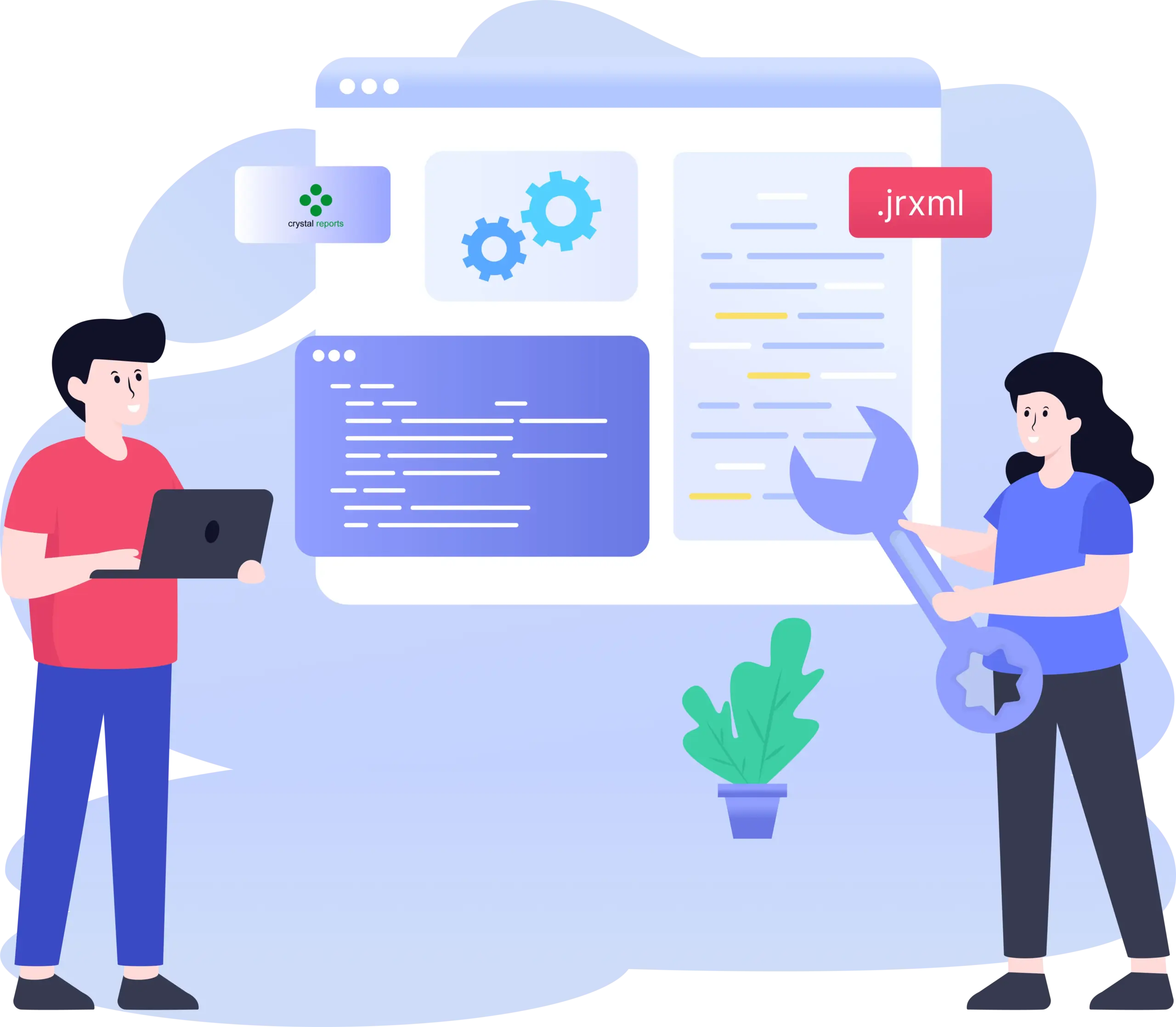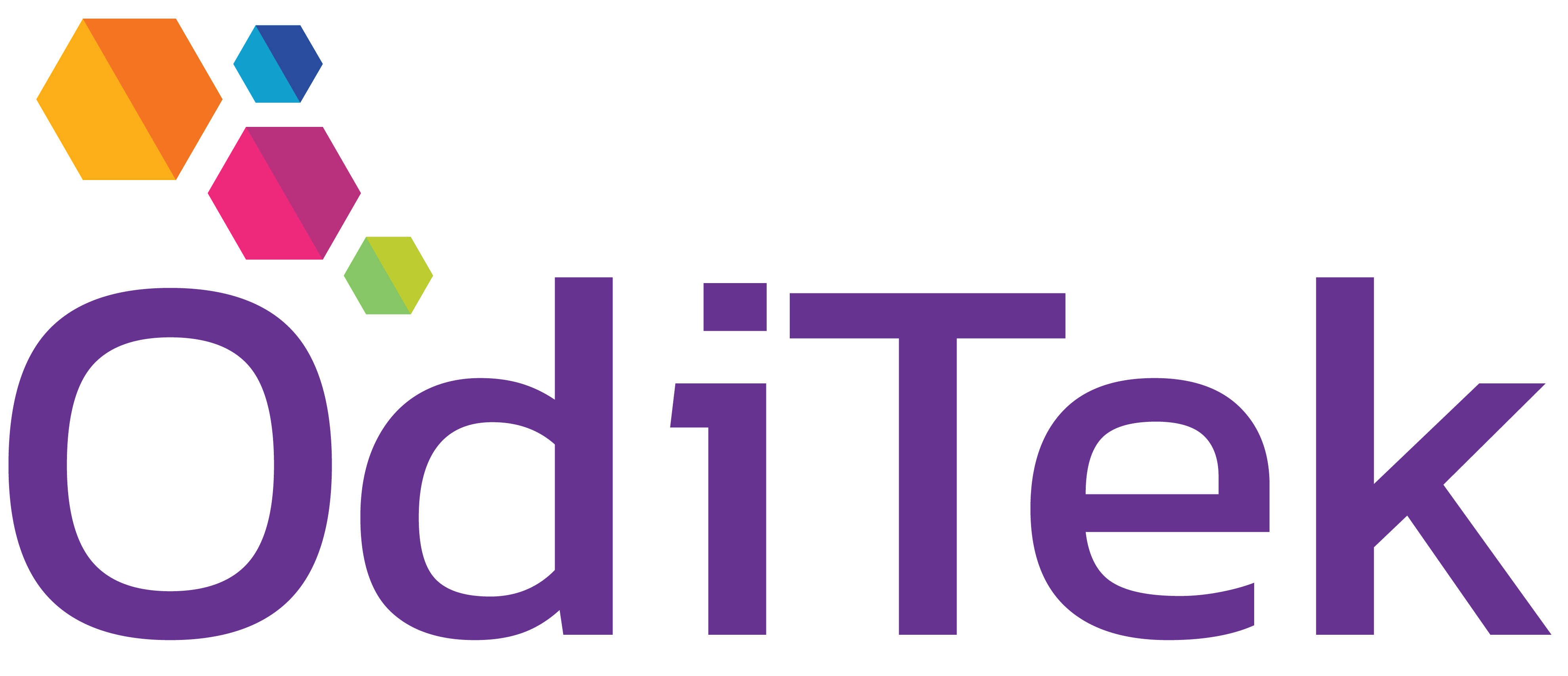Crystal to Jasper Report Migration |
A FinTech Case Study
Client Overview
A 25 years+ old FinTech, more specifically a Clearing Corporation that provides clearing and settlement services for the money and government securities markets & its services also included foreign exchange and over-the-counter (OTC) derivatives markets, has been leveraging Crystal Reports as a key component of their reporting infrastructure for several years. However, with the growing complexity of their reporting requirements and the need for a more robust, flexible, and scalable solution, the client identified significant limitations in their existing BI Reporting system. These challenges prompted a strategic decision to transition from Crystal Reports to Jasper reports.
The Crystal to Jasper report migration initiative was undertaken to address multiple objectives: enhancing the efficiency and reliability of report generation processes, improving overall system performance, and reducing reliance on legacy tools that could potentially hinder future scalability and innovation. By adopting Jasper reports, the client aimed to achieve a modernized reporting framework that meets current demands while providing a foundation for flexibility & long-term operational excellence.
Project Scope
The migration project entailed converting a complex, multi-module reporting system into a modernized framework using Jasper Reports Studio. Below are the detailed components and phases of the scope:
Technology Overview
The project involved transitioning from a legacy reporting stack to a contemporary solution.
Current Stack:
The client utilized a combination of Java for application logic, MySQL for transactional databases, Oracle for data warehousing and advanced analytics, and Crystal Reports for generating business reports.
Target Tools:
The migration focused on adopting Jasper Studio as the primary report design tool. Reports are designed and rendered using the .jrxml file format, ensuring compatibility with the new framework and supporting dynamic, scalable report generation.
Legacy File Format:
The reporting infrastructure was built on Crystal Reports, which used .rpt files to store report definitions. These .rpt files required manual conversion into Jasper-compatible .jrxml files, necessitating careful attention to detail to replicate layouts, data connections, and formulas.
Modular System
The client’s reporting system was structured across three main modules, each covering critical areas of the business.
Membership Module:
This module managed data and reports related to member registrations, renewals, and subscription statuses. It included operational reports like membership summaries, renewal trends, and member engagement analytics.
Billing Module:
Focused on financial transactions, this module contained reports related to invoicing, payment tracking, overdue collections, and account statements. The reports were integral for revenue management and financial audits.
Securities Module:
This module addressed security operations, including access control logs, incident reports, and compliance audits. It required reports with high levels of accuracy and detailed data visualization.
Migration Phases
The migration process was divided into three distinct phases, each addressing different levels of report complexity and business priority.
Phase 1:
Scope: Migrated 100+ reports across the Membership, Billing, and Securities modules.
Focus: Concentrated on foundational and operational reports, which were simpler in structure and required fewer sub-reports. These reports were critical for day-to-day business operations and needed to be transitioned quickly to minimize downtime.
Outcome: Provided the client with a stable reporting foundation in the new Jasper Studio environment, ensuring continuity of essential functions.
Phase 2:
Scope: Migrated 30 high-level reports, which were significantly more complex and used advanced parameters, dynamic layouts, and multiple sub-reports.
Challenges: These reports involved intricate dependencies and integration of data from both MySQL and Oracle databases. Careful handling of sub-reports (ranging from 3 to 21 per report) and detailed parameterization was required.
Outcome: Successfully transitioned critical business intelligence reports, enabling deeper insights and advanced analytics capabilities for strategic decision-making.
Phase 3:
Scope: Migrated 100+ reports along with the creation of a custom-designed new report based on specific client requirements.
Focus: This phase addressed reports with unique business logic and layouts that required customization. The team also incorporated feedback from earlier phases to fine-tune the migration process.
Outcome: Delivered bespoke reporting solutions tailored to the client’s needs, enhancing their ability to generate actionable insights.
This structured approach ensured a smooth transition, minimized disruption, and aligned reporting capabilities with the client’s long-term strategic goals.

Crystal to Jasper Report Migration Process

Key Steps in Crystal to Jasper Report Migration

Mapping Crystal Report (.rpt) Elements to Jasper (. jrxml):
Converted .rpt layouts, queries, and formulas to equivalent .jrxml structures.





Parameter Integration:
Ensured all parameters from Crystal Reports were functional and adaptable in Jasper, especially for complex reports with nested sub-reports.





Database Connectivity:
Migrated MySQL and Oracle database queries, testing connectivity and ensuring data accuracy.





Preview and Validation:
Validated reports in Jasper Studio against Crystal Report previews to ensure 1:1 alignment of data and formatting.
Extensions and Customizations
Crystal Reports (.rpt) were manually analysed for each report’s unique logic, ensuring accurate conversion to Jasper’s .jrxml structure.
Extensive use of Jasper’s sub-report capabilities to handle nested reports and integrate them seamlessly.


Challenges and Solutions
Complexity in Sub-Reports
-
Challenge: Migrating reports with 7–21 sub-reports required careful handling of dependencies and data mapping.
-
Solution: Developed a modular approach to handle each sub-report individually, integrating them step-by-step.
Parameter Alignment
-
Challenge: Translating Crystal’s parameterization logic to Jasper’s dynamic framework.
-
Solution: Standardized parameter handling across reports and tested thoroughly for input/output compatibility.
Performance Optimization
-
Challenge: Ensuring new reports performed efficiently.
-
Solution: Optimized database queries and applied Jasper’s caching mechanisms for better runtime efficiency.
Scale of Conversion & Automation needs
-
Challenge: There are 20+ different diverse applications with different databases. And overall scope was to convert 1000+ Crystal Reports to Jasper. Hence scale of conversion required a considerable team size and efficient project management. Also the need to automate some of the steps and adopting best practices were required to hit defined milestones.
-
Solution: Optimized database queries and applied Jasper’s caching mechanisms for better runtime efficiency.
Results


Seamless Transition
Successful migration of 200+ reports in Phase 1 with minimal disruption to operations. Subsequent project phases completed entire set of BI Reports to Jasper across all different systems in use.
Improved Report Performance
Significant reduction in report rendering time due to optimized queries and enhanced features of Jasper Studio.


Conclusion
The Crystal to Jasper report migration project exemplifies a robust and systematic approach to report modernization, addressing the client’s growing need for flexibility, scalability, and performance improvements. Through this initiative, the client successfully transitioned from a legacy reporting system to a modern, future-ready framework.
Oditek Solutions, with its extensive expertise in enterprise reporting and data integration, played a pivotal role in ensuring the success of this migration. The project was executed with a comprehensive strategy that tackled the client’s challenges with precision and efficiency.
Strategic Planning and Execution
Our team developed a detailed roadmap to guide the migration process. This included an in-depth analysis of the existing Crystal Reports infrastructure and careful planning to ensure each report was accurately mapped and replicated in Jasper Studio.
Expert Handling of Complexities
Migrating reports with intricate dependencies and multiple sub-reports required advanced technical skills and meticulous attention to detail. Oditek’s experts leveraged their knowledge of Java, MySQL, Oracle, and Jasper Studio to seamlessly convert .rpt files into .jrxml, while ensuring the accuracy and functionality of the reports.
Customized Solutions for Unique Needs
Recognizing the client’s specific business requirements, we developed tailored solutions, such as creating a custom report and incorporating advanced features like dynamic parameters, conditional formatting, and interactive visualizations.
Performance Optimization
The team identified and addressed inefficiencies in the legacy system, optimizing database queries and improving report rendering speeds. This ensured that the new reports performed significantly better, even when handling large volumes of data or complex workflows.
Technology






















Ready to get started?
Get in touch by clicking the Contact Us button.

